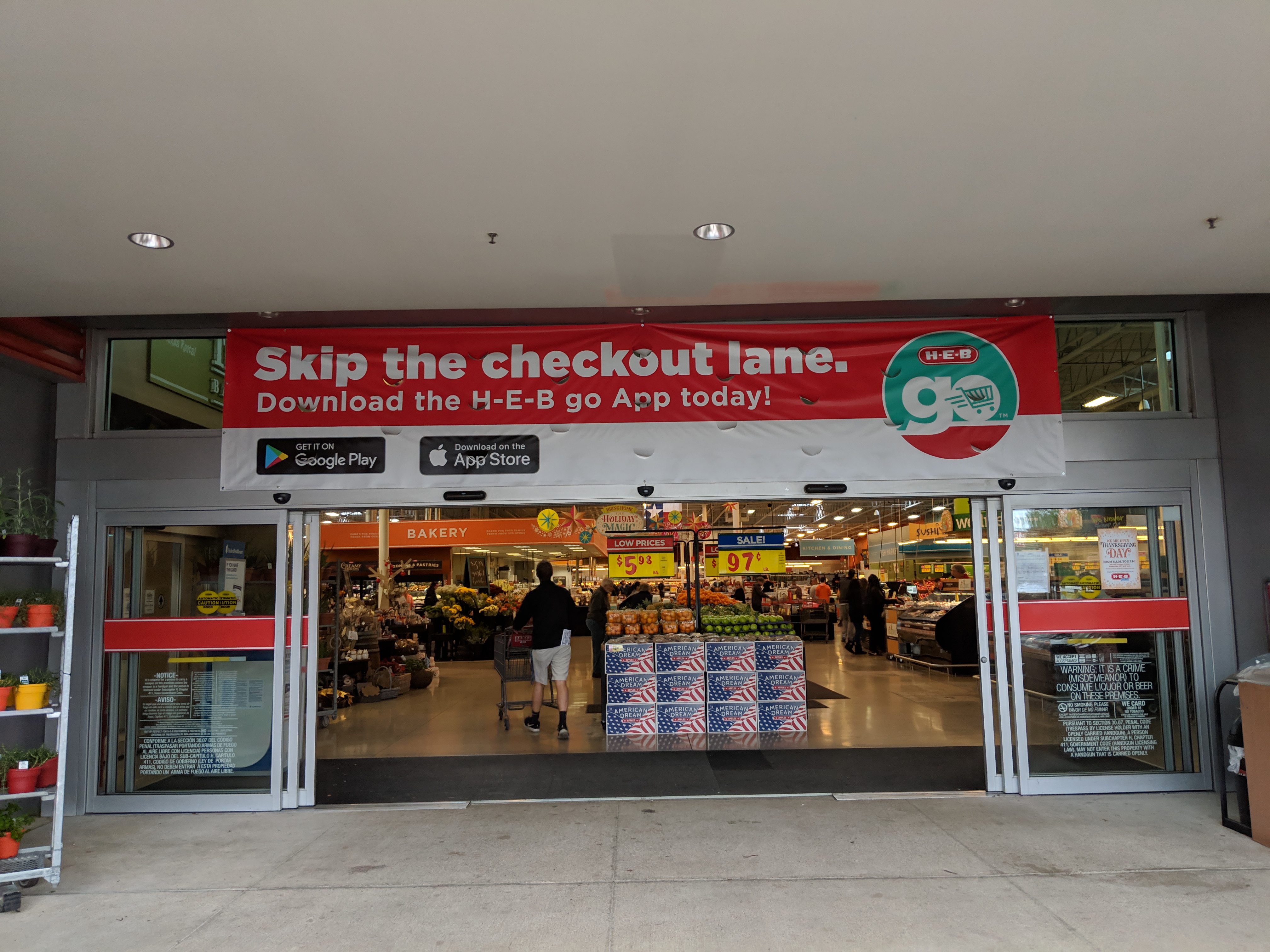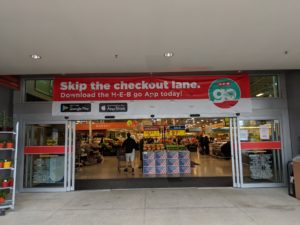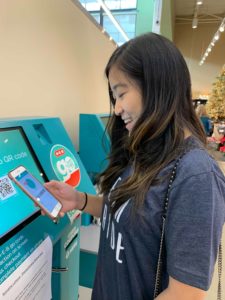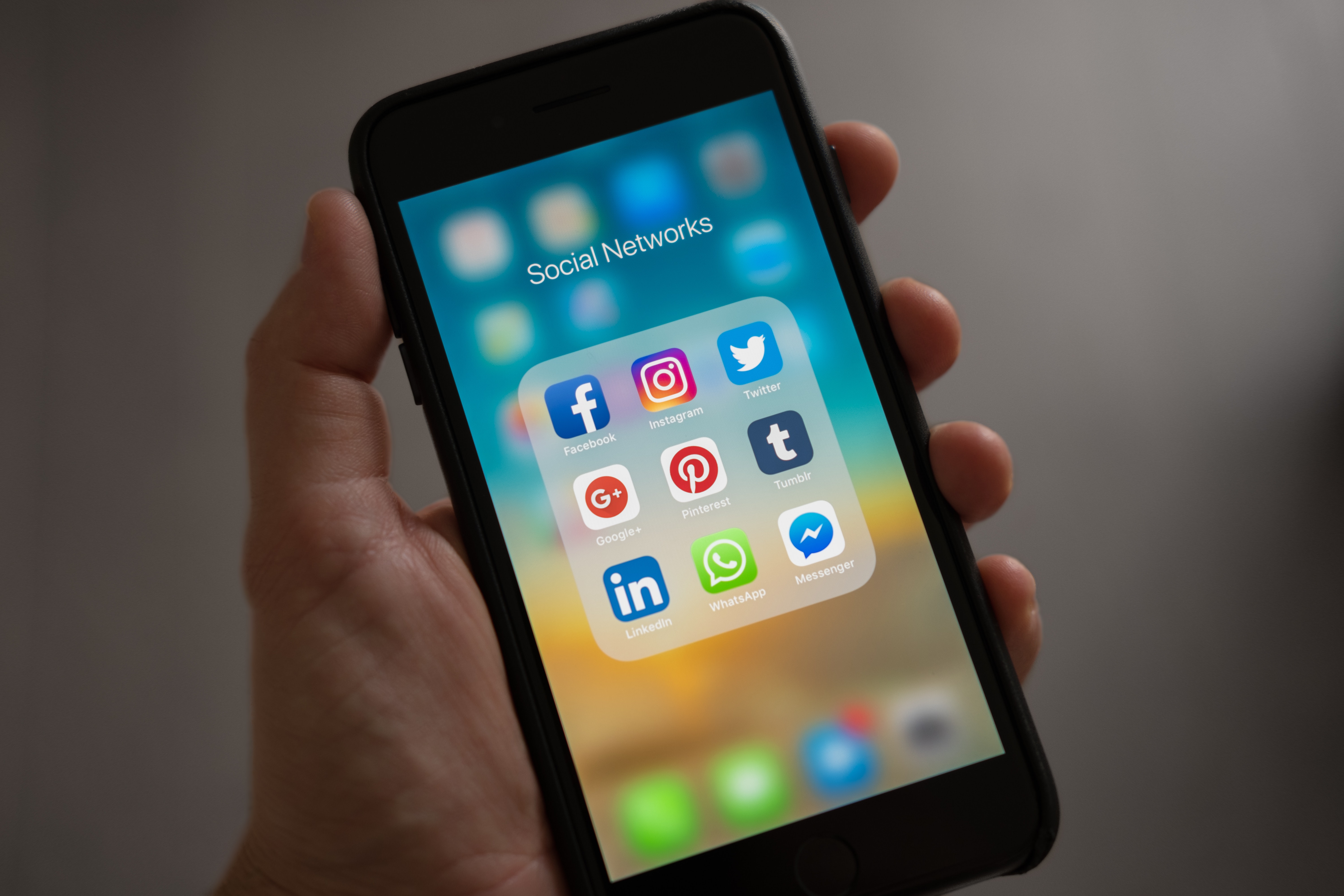It’s hard to believe that it’s almost been five years since I joined Ketner Group! I’ve grown a lot during my time here — from a new graduate entering the world of PR to a senior account executive embracing the fun and exciting challenges the industry brings.
A lot has changed in my personal life as well. Due to family circumstances, my husband and I recently decided it was time for us to move from Austin back to the suburbs of Dallas. Ketner Group was incredibly understanding and flexible, allowing me to continue working remotely.
So, if you’ve ever wondered what it’s like to be a senior account executive (SAE) at Ketner Group, here is a peek into the day in my life — remote work edition!
Emails, meetings and a smoothie break
Today is Monday, so I started off the week by catching up on emails and newsletters. I also put together weekly tasks and assignments for the client accounts I’ve started project managing. Ketner Group is great about providing these types of opportunities for us to step up and take on new responsibilities.

As my other teammates have pointed out, there’s not a dull day in PR. Every day, we are working on different pitches, content and campaigns.
This week, my calendar is filled with client update meetings, webinars to attend, and a client’s quarterly marketing sync. After getting organized for the week, I worked on scheduling a media briefing, reviewing blogs and bylines and following up on pitches.
It’s been a busy day, so in the afternoon, I decided to get a little pick-me-up. Ketner Group offers a snack budget each month. Today, I used the budget to pick up a smoothie from a Tropical Smoothie Café that just opened near my house — just what I needed as I write this blog!
Welcome to my home office
Where do I spend my day working? My husband and I put together a home office where I spend the majority of my time.
We painted the room a dark and moody color to create a space that feels separate from the rest of the house. It’s also one of the rooms that get the most natural light in the house, so my desk is surrounded with plants!
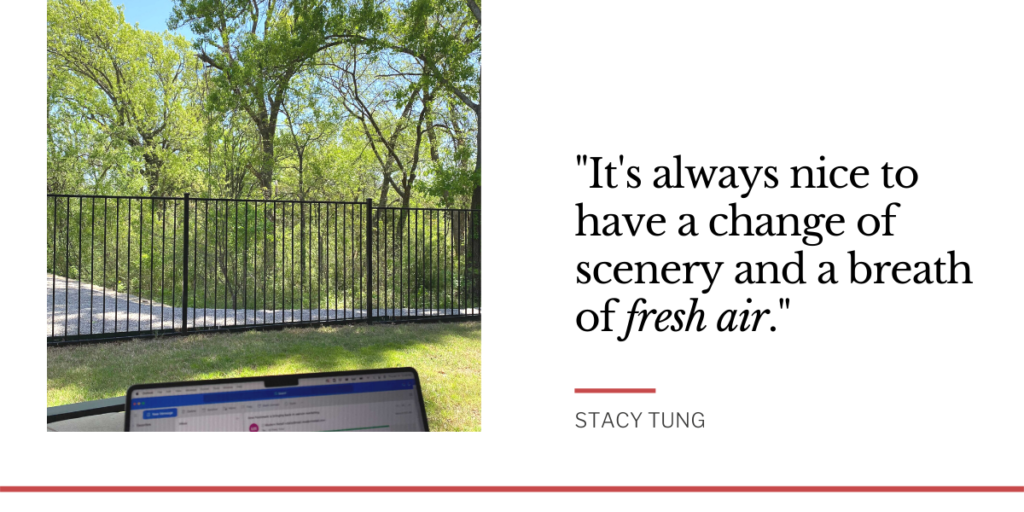
Since I share the office with my husband, we’ve also put together a “conference room” where I can go and take meetings throughout the day. Today, the weather was particularly nice, so I decided to go work outside on my patio for a bit. It’s always nice to have a change of scenery and a breath of fresh air.
Tips on working remotely
Now that I work remotely, here are a few lessons I’ve learned that are helpful to stay connected:
- Zoom meeting are still important – We may all have Zoom fatigue, but really, Zoom is still a powerful tool to help me collaborate and stay connected with my team!
- Slack is key to connecting – Our team stays active on Slack. Not only do we discuss projects on there, but we also have fun sharing funny TikTok trends.
- In-person events are valuable – Even though I live remotely, I still love getting to see the Austin office every so often for events, client meetings, etc. We also had a Ketner Group get-together in Austin recently so that the whole team could bond!
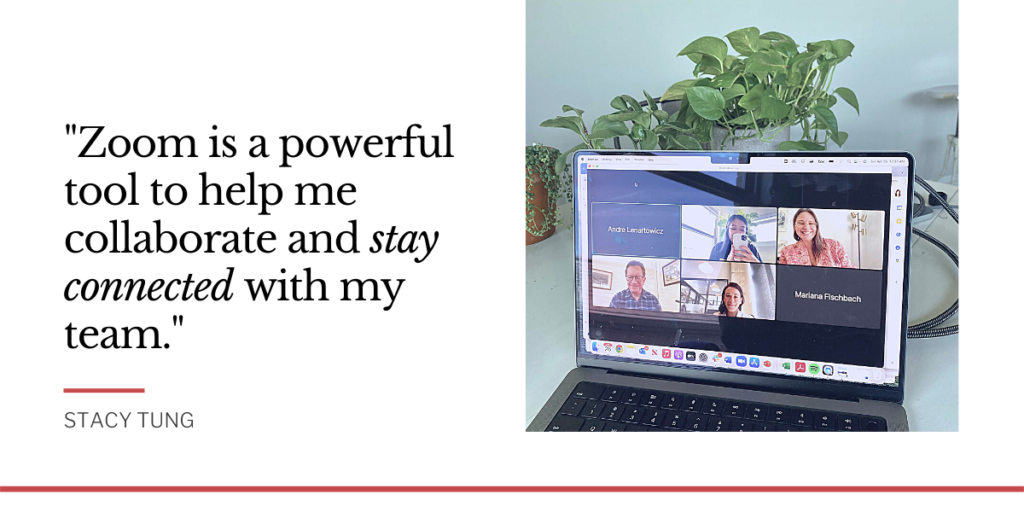
If you’re looking for a place to grow professionally while living your life your way, then visit our career page for opportunities to join our team! We’d love to meet you!



